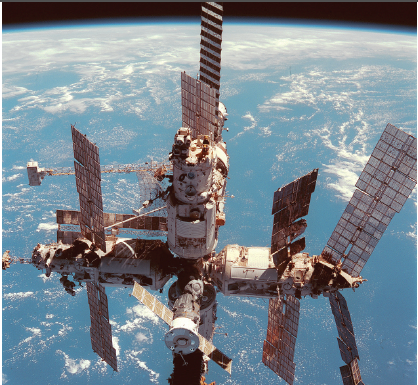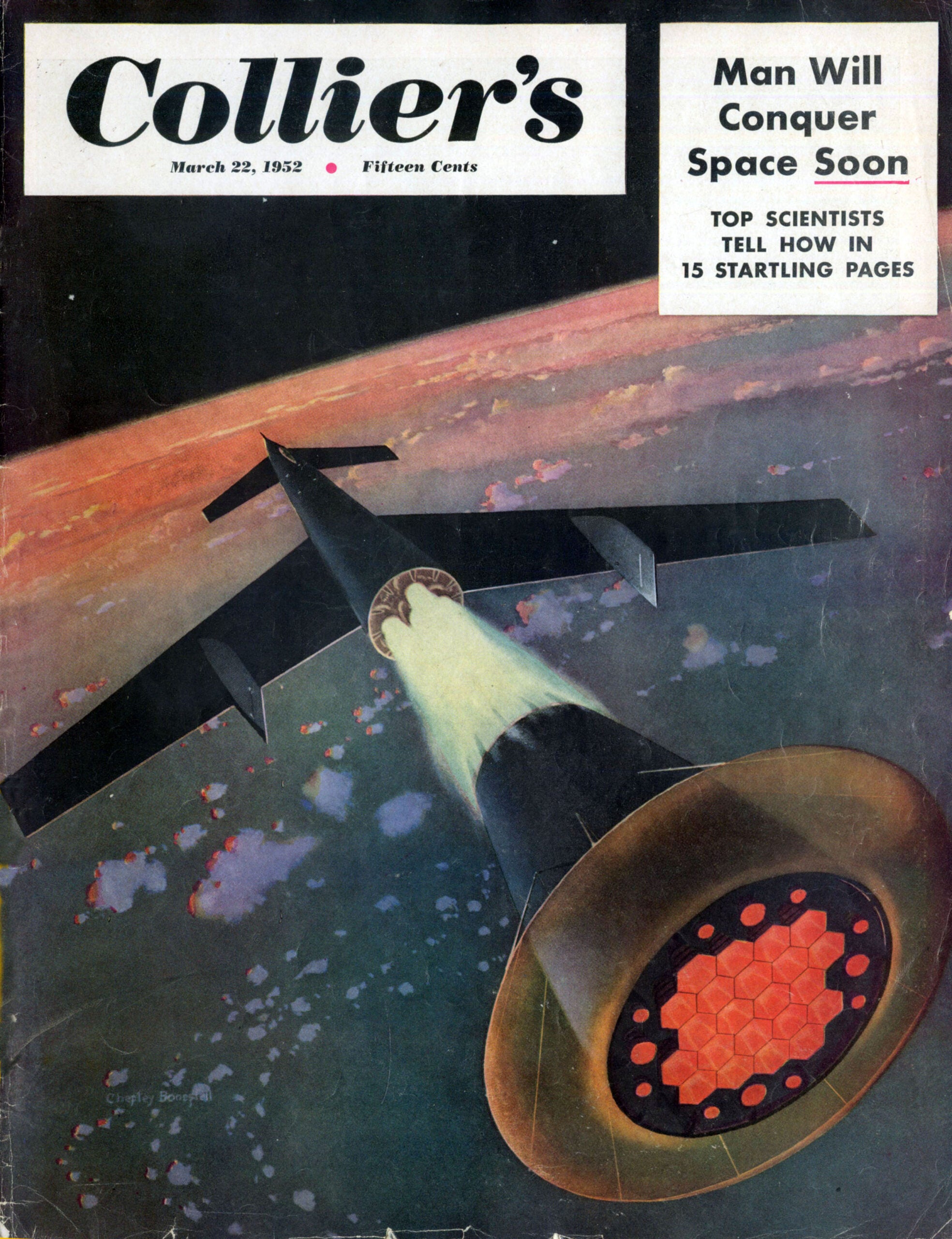Let’s focus on the Russian space station Mir, since this is the 20th anniversary of when U.S. astronauts inhabited it as a prelude to the ISS.
Astronauts are more than smart and physically buff; they’re incredibly brave. Their courage goes far beyond dealing with scary mishaps. They sometimes suffer prolonged situations that would make normal people panic. Even in the days of Mercury, how many of us could be OK in a capsule the size of a phone booth?
U.S. astronauts each spent four to six months on Mir. Some, like Shannon Lucid, had no problems. Others, like John Blaha, endured hard times. In his case, it was a tense relationship with the Mir commander, Valeri Korzun, with Blaha accusing Korzun of micromanaging him. Often, the Russian cosmonauts themselves had very strained relationships with their own mission controllers, with complaints about genuine problems easily getting black evaluation marks from their ground commanders, with significant pay cuts following — contributing to Korzun’s demanding leadership style.
U.S. astronaut and medical doctor Jerry Linenger spent the first five months of 1997 on Mir. He arrived to a cramped and cluttered station filled with equipment and cables spilling out from every available space. Corroded pipes leaked in the cooling system, spreading drops of antifreeze and other debris in the air. Sleeping was usually difficult because when the air had too much junk — including leaking propylene glycol aerosoling into living quarters — everyone had to wear breathing masks.
The oxygen system was taxed to its limits so that the astronauts were often not permitted to exercise, lest they breathe too deeply. The climate control routinely was messed up for weeks at a time, putting the temperature around 90° F with no relief, day or night. The humidity was excessive, too, which promoted the growth of mold and bacteria all over the station. By the end of the station’s lifetime, 140 species of microorganisms were found to be “passengers” on board.
“AFTER ONE AND A HALF MINUTES, THE FIRE BURNED ITSELF OUT, LEAVING TOXIC, SMOKY AIR.”
Microbes weren’t the only hazards they faced. On February 23, 1997, an oxygengenerating canister accidentally ignited, blasting out a 3-foot geyser of flame. The crew frantically tried to put out the fire, using three out of 10 fire extinguishers on the station. They busted out respirators in case they became necessary, with Linenger examining his fellow space farers afterward.
The intense flame blocked access to a Soyuz escape craft. Even if they had reached it, they wouldn’t have been able to flee because the instructions for reentry first needed to be printed from the station’s computer.
After one and a half minutes, the fire burned itself out, leaving toxic, smoky air. Of course, cosmonaut Korzun downplayed the incident to his mission control. But a worse event soon unfolded.
Russian controllers ordered the crew to dock with an uncrewed Progress 234 cargo ship on June 25, 1997. They weren’t allowed to use their radar because its signals interfered with other electronics. Russian Mir commander Vasily Tsibliyev tried to bring in the Progress module remotely, using nothing more than a blurry TV screen. With no radar, he had to judge its distance and speed solely from Mir’s changing angular size and position on the monitor.
It became apparent that the cargo ship was approaching too fast. When it was a minute away, he frantically applied continuous braking, trying to avoid a collision. It didn’t work.
With a loud crunch, the cargo ship plowed into the station’s solar arrays at a speed of 10 feet per second, tearing a gash in the hull of the science section. The air pressure rapidly dropped. Occupants heard air hissing into the vacuum of space as alarms clanged.
The crew tried to seal off the science module, but hoses and cables snaked through the doorways. Russian flight engineer Aleksandr Lazutkin grabbed a knife and started severing the live wires, producing fireworks of electrical sparks. The pressure dropped so low that they were close to abandoning the station. Time was running out. Finally freed of the cables, they still couldn’t get the connecting hatch closed because of the pressure difference as it was hinged in the wrong direction. The collision had also sent the entire station tumbling. Its solar panels no longer pointed toward the Sun. Electrical power was waning.
Ultimately, they heroically saved everything, although all the previous problems remained. That was exactly 20 years ago. Mir was eventually deorbited in 2001 shortly after the International Space Station came into full-time service, but Mir’s tale is one of extended courage that deserves to be told.










